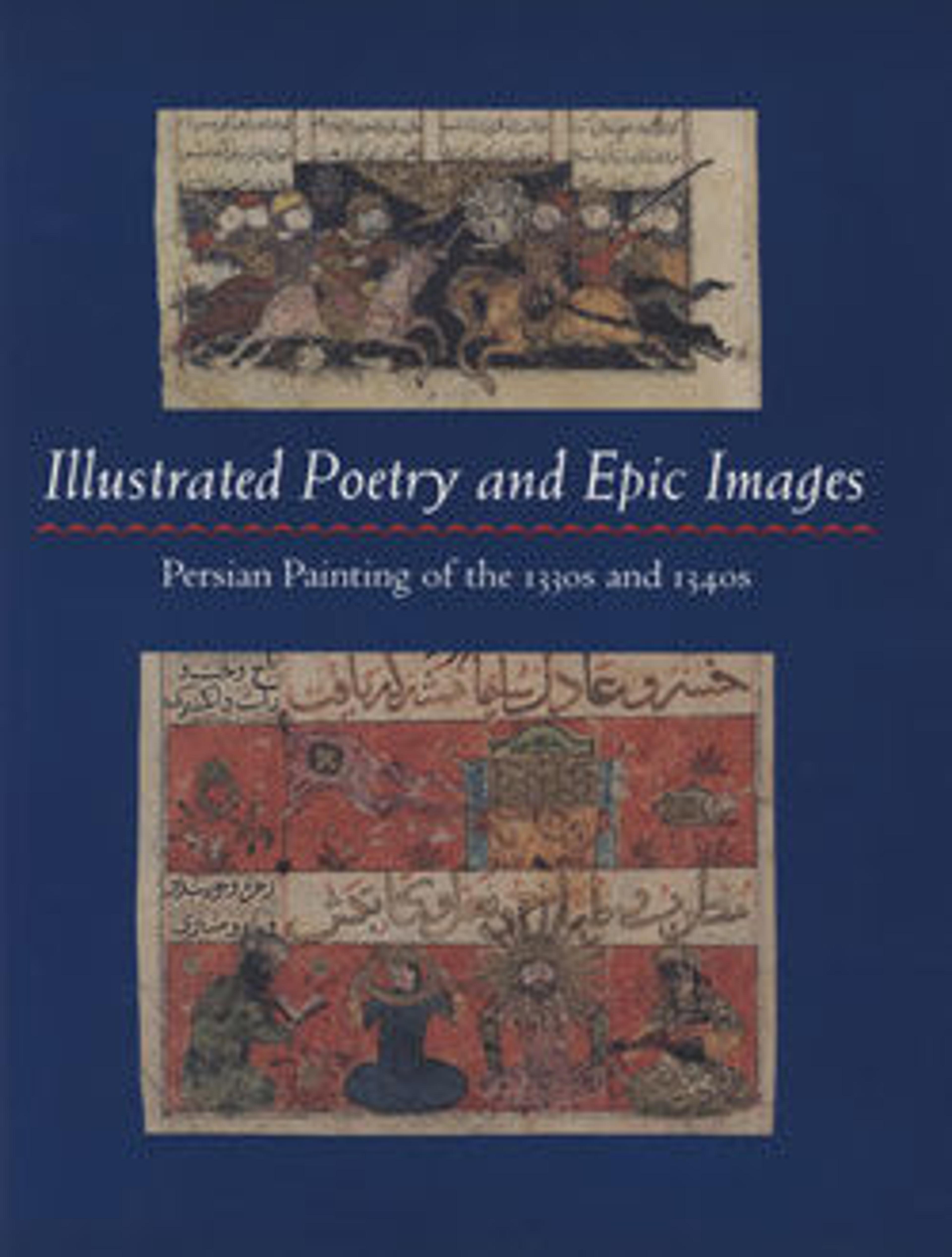"Kai Khusrau Slays Afrasiyab", Folio from a Shahnama (Book of Kings)
The long wars between Iran and Turan end with the defeat and capture of the Turanian king, Afrasiyab, and his execution by Kai Khusrau, the Iranian shah, who thus avenged the murder of his father, Siyavush. The unusual and rather awkward position of the prisoner is echoed in an illustration of the same scene in an album in Berlin confirming the existence of an active workshop in Isfahan that developed its distinctive style.
Artwork Details
- Title:"Kai Khusrau Slays Afrasiyab", Folio from a Shahnama (Book of Kings)
- Author:Abu'l Qasim Firdausi (Iranian, Paj ca. 940/41–1020 Tus)
- Date:ca. 1330–40
- Geography:Attributed to Iran, probably Isfahan
- Medium:Ink, opaque watercolor, gold, and silver on paper
- Dimensions:Page:
H. 8 1/16 in. (20.5 cm)
W. 5 3/16 in. (13.2 cm)
Painting:
H. 1 15/16 in. (4.9 cm)
W. 4 5/16 in. (10.9 cm) - Classification:Codices
- Credit Line:Bequest of Monroe C. Gutman, 1974
- Object Number:1974.290.21
- Curatorial Department: Islamic Art
More Artwork
Research Resources
The Met provides unparalleled resources for research and welcomes an international community of students and scholars. The Met's Open Access API is where creators and researchers can connect to the The Met collection. Open Access data and public domain images are available for unrestricted commercial and noncommercial use without permission or fee.
To request images under copyright and other restrictions, please use this Image Request form.
Feedback
We continue to research and examine historical and cultural context for objects in The Met collection. If you have comments or questions about this object record, please contact us using the form below. The Museum looks forward to receiving your comments.
